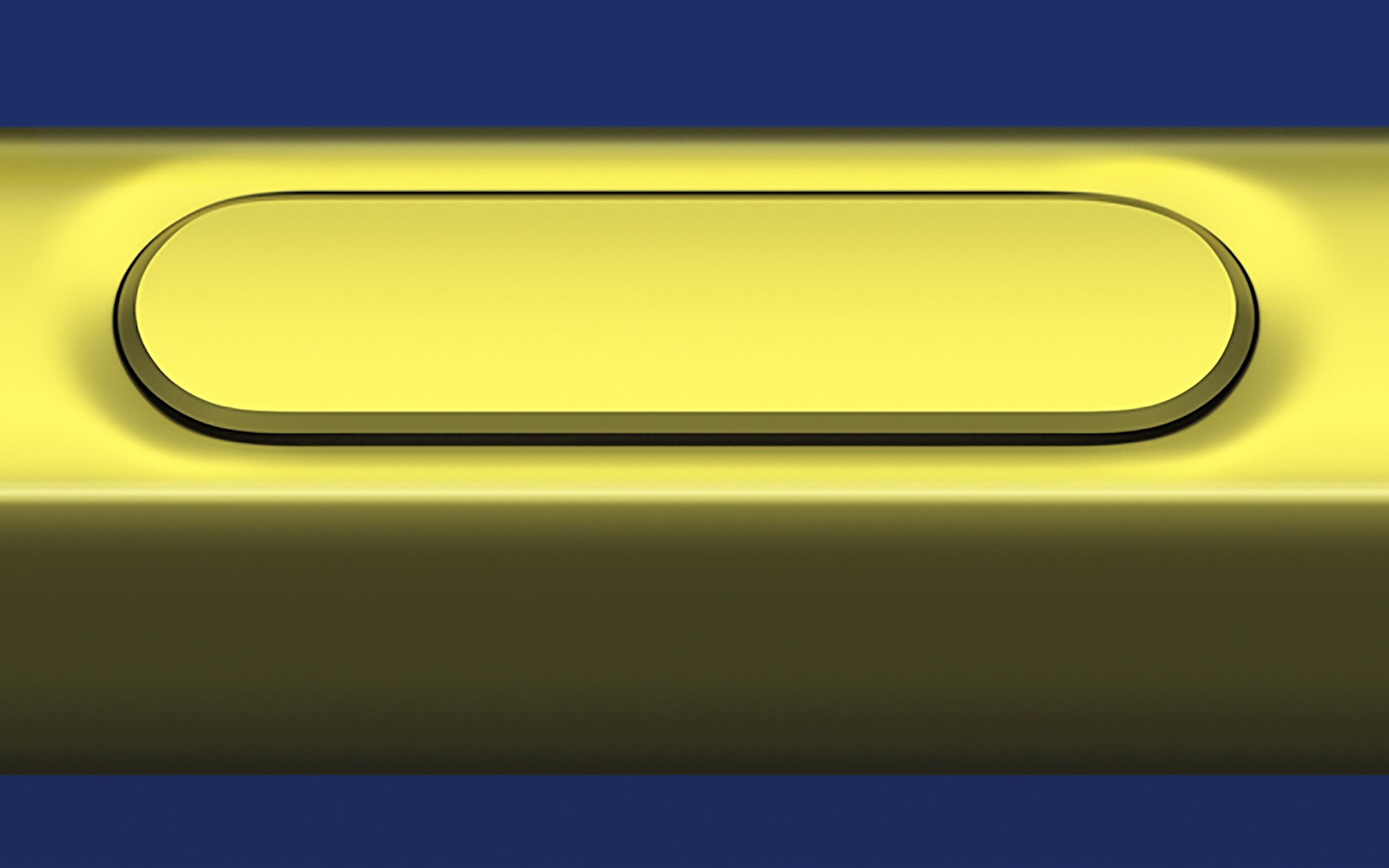What’s the big deal about Samsung’s big new Galaxy Note 9, and what big deal is Huawei bringing to the mid-range? All that, plus big news from the CSIRO, Android’s big reveal, and a big new Sony OLED TV reviewed. It’s a big Wrap.
Transcript
For the week ending August 10, you’re tuned into The Wrap, Australia’s fastest technology roundup, and we’re starting this week with what has ended it: a big announcement by Samsung.
We’re in the second half of the year, and that means it’s time for the last batch of phones, starting with Samsung’s next major release.
While the Galaxy S9 and S9+ made their dents early on, all attention is on the just announced Galaxy Note 9.
The phone ups pretty much everything about the old model, improving the screen size from 6.3 inches to 6.4, including the cameras from the Galaxy S9+, and updating a whole lot more.
For starters, the battery is bigger at 4000mAh, giving it more juice. There’s also more storage and memory, with either 128GB or 512GB of storage to work with, and support for a half gig microSD as well.
Samsung has also changed the S-Pen, adding Bluetooth functionality to the mix. You’ll still be able to draw and scribble and click away, but you’ll also be able to use the Note 9 S-Pen to do other things, such as take a selfie by pressing the stylus button or controlling a slide show.
Mostly it seems like a bigger and better phone, and it’ll be coming to Australia from August 24 for $1499 for 128GB or $1799 for the 512GB model.
Samsung’s big announcement was definitely, big, but it wasn’t the only thing we saw this week.
In fact, Android made its mark on the world in other ways, too.
While Samsung was talking up a flagship phone, Huawei set its sights on the mid-range, announcing the Nova 3i, a mid-range model packing in a staggering 128GB of storage for $599. There are also two cameras on each side, a fingerprint scanner, facial unlock system, and a big 6.3 inch display that takes up most of the front.
In a way, you can think of it like a 128GB not-quite-iPhone X, because that’s what it looks like, but for a lot less.
And Google talked up Android in a different way, announcing that its next version of Android is named, serving up a slice of Pie.
Neither Samsung’s nor Huawei’s new phone will come with Android Pie, but they might get it later, along with quite a few phones and tablets.
For now, it’s just the Google Pixel and Pixel 2 models that will see Android Pie, also known as Android 9.
It brings some neat changes, including no soft buttons at the bottom, battery optimisation that learns from you as you use the phone, and a new do not disturb feature, among other improvements.
Devices will see it soon, and it’s not the only thing coming soon.
This week, Australia’s cool science division that is the CSIRO has shown what might be the future of cars, working with Toyota to build a car that runs on a new type of hydrogen fuel.
It’s a big deal and could lead to a time when the cars we’re all driving rely on an energy that can be made at the very place you pump petrol at in the first place.
In the meantime, there are things available now, and one of those is a TV which we’ve just finished reviewing from Sony.
It’s called the A8F, and it’s Sony’s next step in its OLED adventure, joining the likes of LG and Panasonic with a TV made with an organic display.
In fact, it’s a TV that’s quite familiar to one we saw last year, as the A8F shares quite a bit with last year’s thoroughly excellent A1 OLED TV.
Almost everything that made that TV what it was is here for round two, with the X1 Extreme HDR processor, X Reality Pro for clarity, Triluminos technology, and a whole heap of other things that sound like it came from Sony’s marketing team.
Most importantly, there’s the picture quality, and that is absolutely stellar. The Sony A8F looks lovely, and while 4K content looks the best, it does a fairly strong job upscaling as well.
We’re also fans of the stand which no longer feels like it will crush your soul trying to assemble it, something the A1 got lumped with, and it feels like Sony’s take on the OLED made for a standard living room.
Sony’s Acoustic Surface technology is here, too, giving great sound and using the screen to drive volume and depth.
Where Sony’s A8F needs work is in the system performance, which honestly felt a little slower than it should have. We’d also have liked a better remote, as the one here is positively old school.
Outside of that, though, the Sony A8F is a solid TV worth checking out. It’s about to see a sibling in the A9F announced last week, so it might even see a price drop too.
For now, you’ve been listening to The Wrap, Australia’s fastest technology roundup. You can find more about this show at the Pickr.com.au website, and we’ll be back next week Friday, with The Wrap appearing then at PodcastOne and Apple Podcasts, among others.
Until then, have a great week, and we’ll see you next time on The Wrap. Take care.





